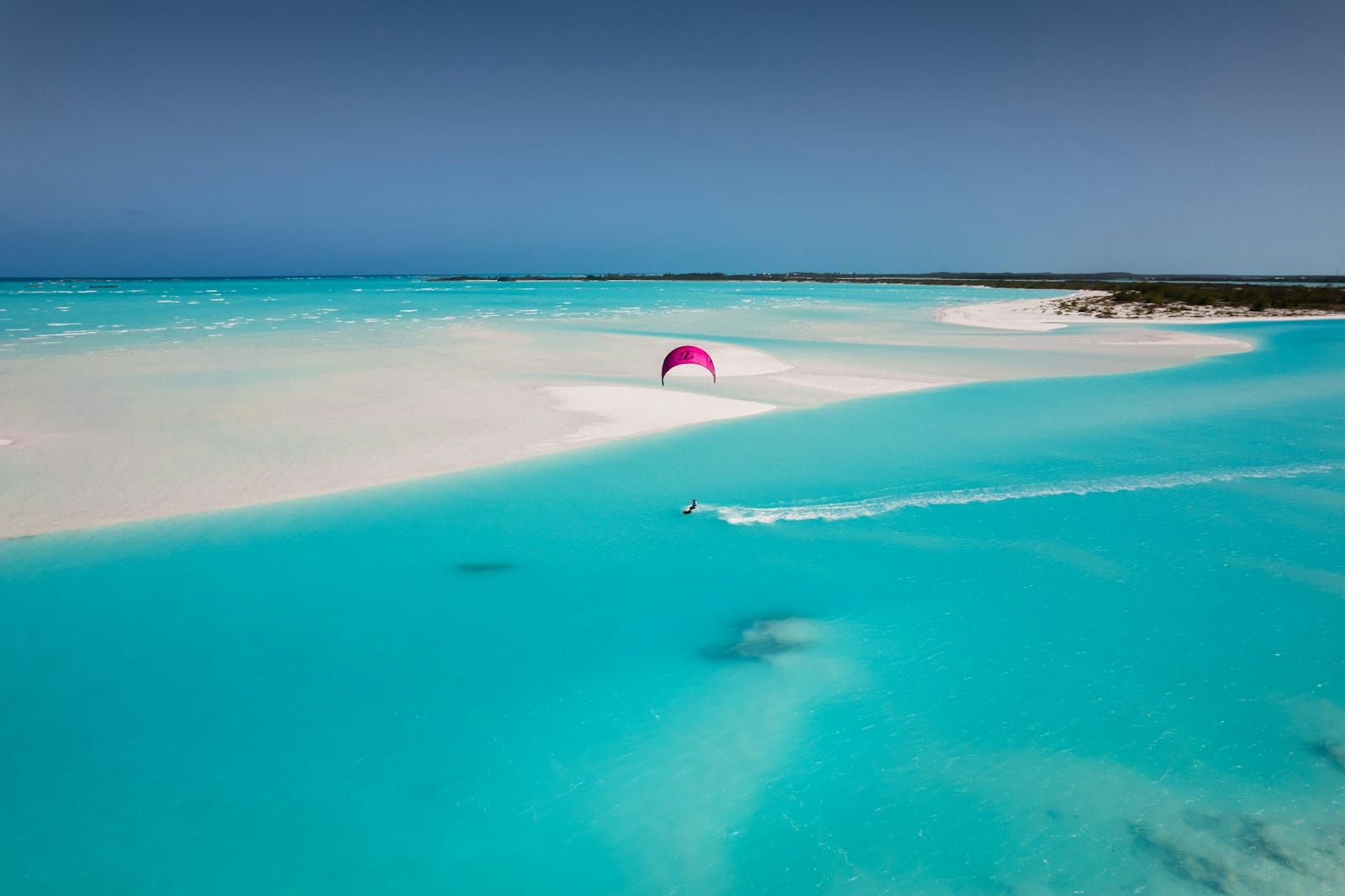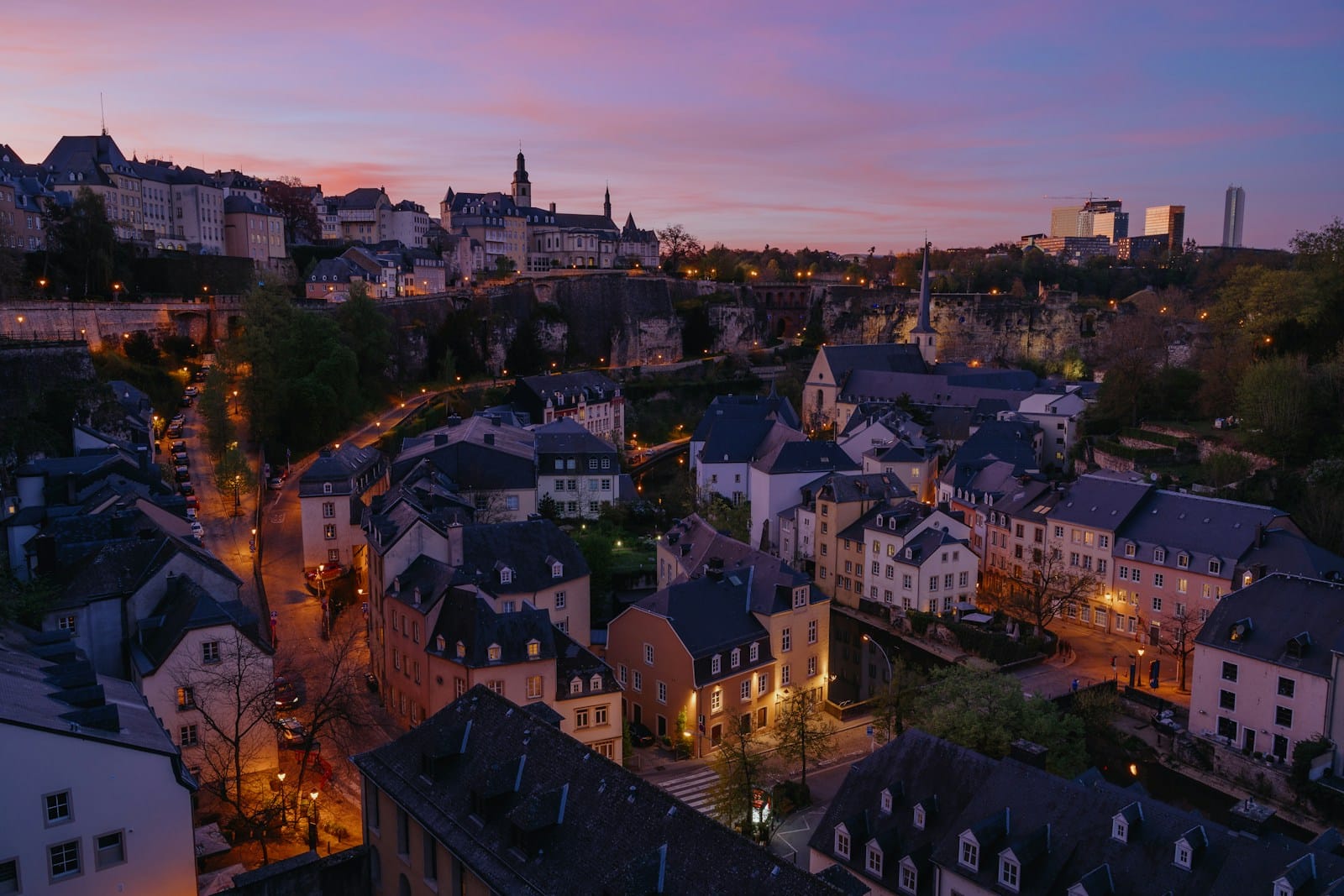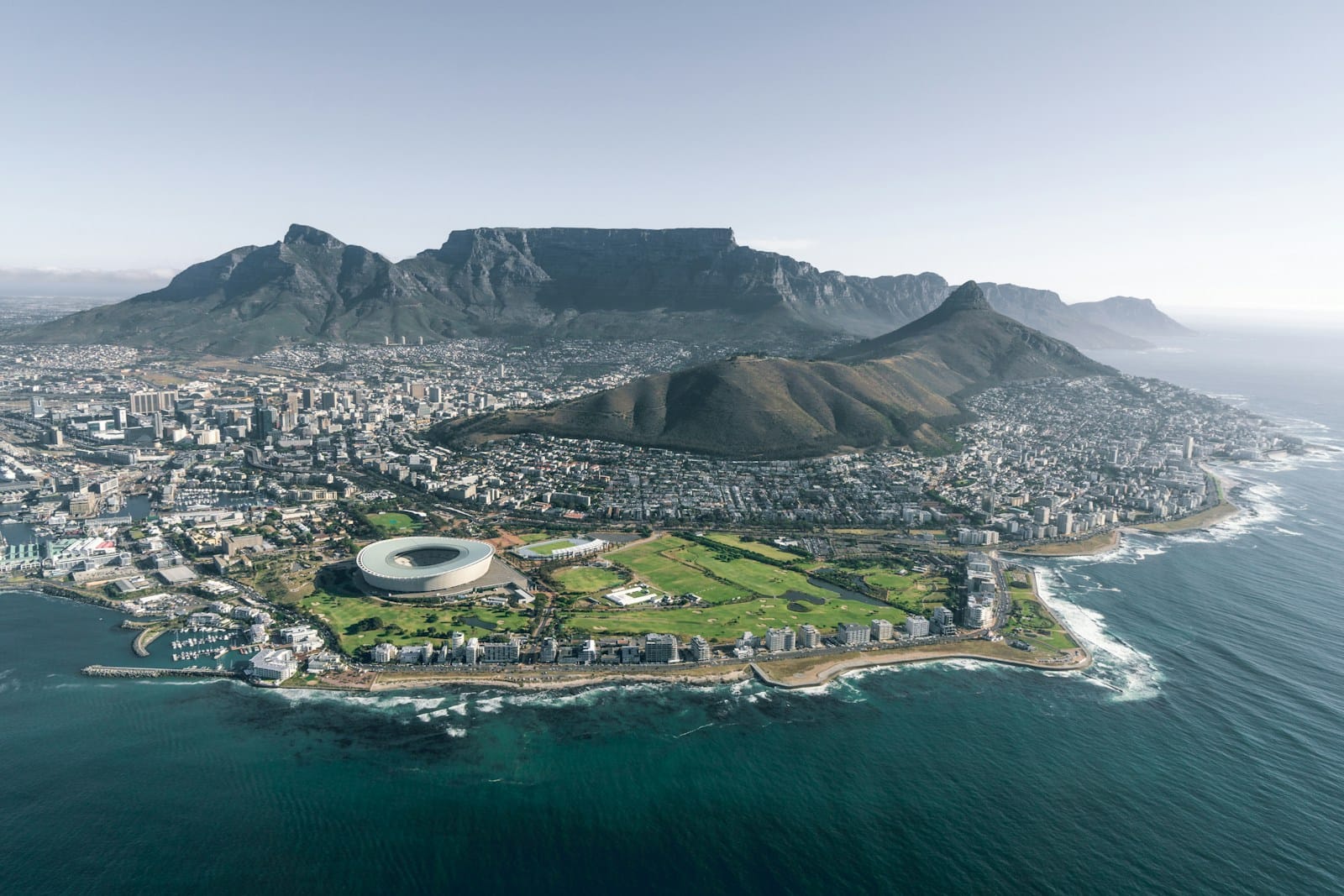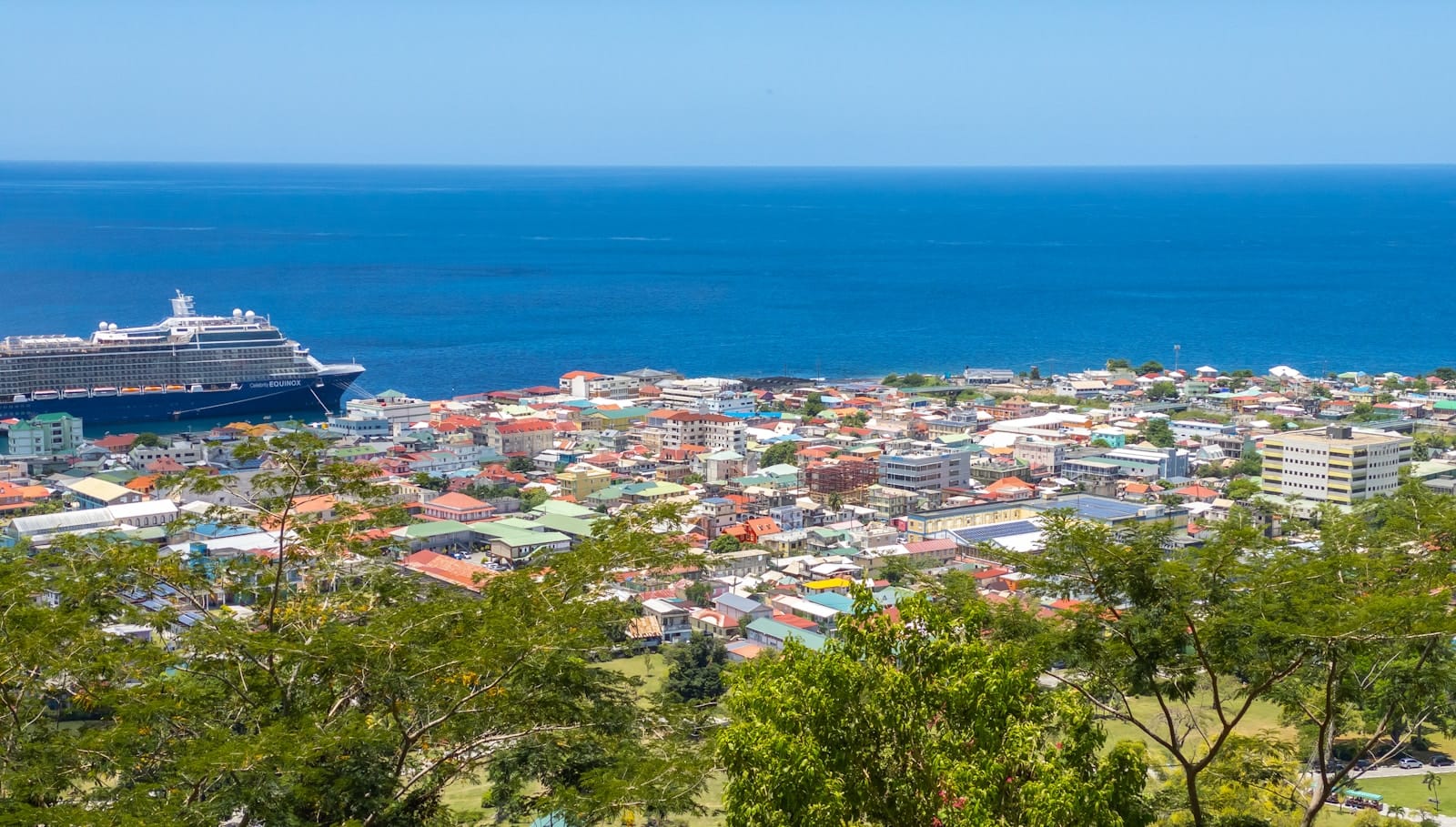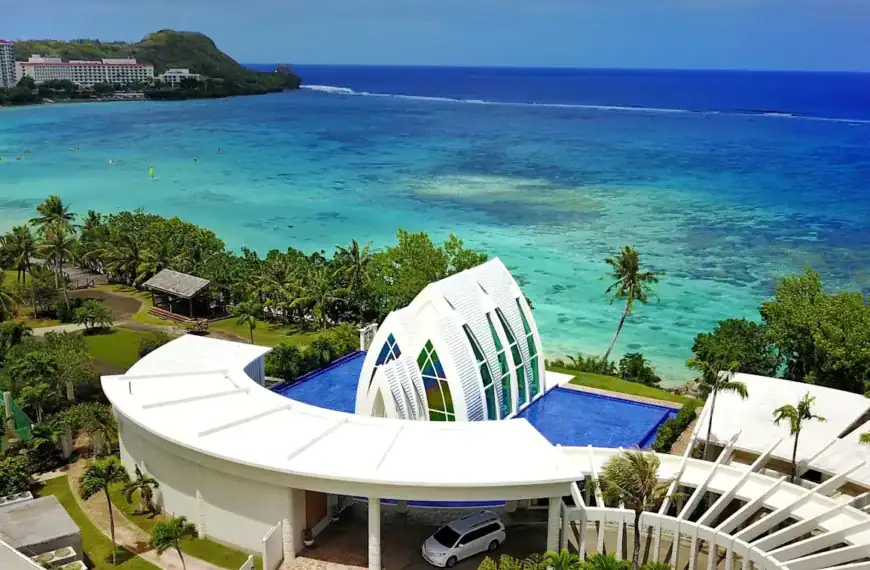Alberta Travel Guide: Mountains, Prairies & Wild Parks
Intro to Alberta Travel Guide
Glacier peaks, cowboy spirit, and Canada’s boldest landscapes
Alberta is a province of contrasts — jagged peaks to the west, prairie grasslands to the east, and vibrant cities bursting with energy and culture. Home to two of Canada’s most iconic national parks, Alberta also features Indigenous traditions, cowboy history, ancient badlands, and festivals that pulse with creativity. Whether you’re road tripping the Icefields Parkway or exploring dinosaur country, Alberta offers unforgettable moments at every turn.
Start your journey with our Alberta Tour Guide and explore a province where wild nature meets Western heritage and scenic roads lead to jaw-dropping discovery.
More to See in Alberta
Airdrie | Banff | Brooks | Calgary | Camrose | Canmore | Cold Lake | Edmonton | Fort McMurray | Grande Prairie | Jasper | Lacombe | Leduc | Lethbridge | Lloydminster | Medicine Hat | Red Deer | Spruce Grove | St. Albert | Wetaskiwin
💡Quick Facts:
Destination: Alberta
Continent: North America
Country: Canada
Administrative Division: Province
City: Capital – Edmonton; largest city – Calgary
Area: 661,848 km²
Population: ~4.8 million (2024 est.)
Density: ~7.2 people per km²
Capital: Edmonton
Regions/Subregions: Canadian Rockies, Badlands, Foothills, Central Alberta, Northern Boreal, Southern Prairies
Official & Regional Languages: English (official); French and Indigenous languages present
Currency: Canadian Dollar (CAD)
Time Zone(s):
– Mountain Standard Time (UTC−7)
– Mountain Daylight Time (UTC−6, summer)
Airports:
– Calgary International Airport (YYC)
– Edmonton International Airport (YEG)
– Fort McMurray International Airport (YMM)
– Lethbridge Airport (YQL)
Climate: Continental; cold winters, warm summers, semi-arid in south
Known For: Banff & Jasper National Parks, Calgary Stampede, Rockies, Indigenous heritage, badlands, oil sands
🛂Arrival Info:
Entry Requirements:
– ETA required for visa-exempt air travelers
– Visa or eTA for others via IRCC
Visa-Free Countries: U.S., EU, UK, Australia, Japan, South Korea, and others
Visa-on-Arrival: Not available
Maximum Tourist Stay: Up to 6 months
Electronic Travel Authorization
Visa Portal
Customs Info
💉Health Info:
Recommended Vaccines: Routine (MMR, DTP), Hepatitis A & B, Flu
Health Advisories: Wildlife safety in parks (bears, elk, cougars); wildfire smoke possible
Hospitals: Extensive network in cities; rural care available but sparser
English-speaking Clinics: All public facilities; private urgent care centers in major cities
Terrain-specific Concerns: Altitude sickness (Rockies), hypothermia risk in winter
Insurance: Required for non-residents; Canada does not cover foreign visitors
✅ Check travel insurance options for travel emergencies, delays, and medical needs abroad — Get coverage here
✅ Stay Informed with Official Updates: WHO – International Travel & Health | CDC – Travel health updates
🚨Travel Advisory:
Current Alerts: None
General Safety Level: Level 1 – Exercise Normal Precautions
Regional Restrictions: Seasonal road closures in parks; fire bans in dry months
Local Risks: Wildlife encounters, slippery winter roads, avalanche zones in backcountry
Civil Rights Concerns: None significant
✅ Stay Informed with Official Updates: US Travel Advisory | UK Foreign Travel Advice
📅Holidays:
Major National Holidays:
– Canada Day (July 1)
– Victoria Day (May)
– Labour Day (September)
Provincial Holidays:
– Family Day (3rd Monday in February)
– Alberta Day (Sept 1)
Local Events:
– Calgary Stampede (July)
– Edmonton Folk Festival (August)
💰Visitor Info:
Currency: Canadian Dollar (CAD)
Exchange Tips: Use bank ATMs or currency exchange kiosks
ATMs: Widespread
Cards: Credit and debit accepted nearly everywhere
Tipping: 15–20% at restaurants and for services
Tourist Taxes: 5% GST + possible hotel/DMO tax
Daily Budget:
– Budget: $80–$130 CAD
– Midrange: $150–$250 CAD
– Luxury: $300+ CAD (especially in resort towns like Banff, Lake Louise)
✈️Airports:
Main international airport:
Calgary International Airport (YYC)
Name: Calgary International Airport
IATA code: YYC
Address: 2000 Airport Rd NE, Calgary, AB
Runways: 4
Airlines hub for: WestJet
Other regional airports:
Edmonton International Airport (YEG)
Fort McMurray International Airport (YMM)
Lethbridge Airport (YQL)
✅ Delayed or canceled flight? Check if you’re eligible for compensation
🚍Transport:
Local: Bus systems in Calgary (Calgary Transit) and Edmonton (ETS); LRT in both cities
Intercity: Red Arrow, Rider Express, VIA Rail (to Jasper)
Driving Laws: Right side; winter tires advised from Oct–April
Rental Cars: Available throughout province and airports
Scams: Rare; taxis should be metered
✅ Book reliable airport transfers and in-city rides in advance. Reserve your ride here
📶Connectivity:
SIM/eSIM: Telus, Rogers, Bell — available at airports and major stores
Mobile Coverage: Excellent in cities and towns; limited in backcountry parks
Public Wi-Fi: Available in hotels, libraries, airports, coffee shops
Roaming: Free for U.S. travelers on some plans; otherwise, use local SIM
✅ Stay connected abroad with affordable eSIM data packs. Get your eSIM here
📜Laws & Etiquette:
Drinking Age: 18+
Alcohol: Sold in designated stores (liquor stores); open carry prohibited
LGBTQ+ Status: Fully legal and protected
Etiquette: Tipping customary, queues respected, respect nature in parks
Cultural Taboos: Leave-no-trace policy enforced in natural areas
Photography Rules: Drones restricted in national parks; follow posted rules
🛡️Emergency Info:
Emergency Numbers: 911 (nationwide)
Tourist Assistance:
– Travel Alberta: https://www.travelalberta.com
U.S. Consulate: Calgary – https://ca.usembassy.gov
Tourist Police: Not specific, but RCMP and local municipal police available
✅ Use embassy locator tools: Embassies Worldwide
🌦️Weather:
Climate Type: Continental with regional extremes
Best Time to Visit:
– June–September (hiking, festivals)
– December–March (ski season)
Chinooks: Warm winter winds in Calgary region
Average Temps:
– Summer: 15–25°C (59–77°F)
– Winter: −5 to −20°C (23 to −4°F), colder in the north
✅ Stay prepared—check the weather forecast for your destination — Weather Forecast
Alberta Cities & Major Destinations
- Calgary
Famous for the Calgary Stampede and its booming skyline, this modern city offers a mix of prairie roots and urban buzz. Explore the riverside pathways, visit the Calgary Tower, and dine in trendy neighborhoods like Inglewood or Kensington. - Edmonton
Alberta’s capital is known for its festivals, the massive West Edmonton Mall, and a revitalized river valley. Tour the Royal Alberta Museum, catch a concert in Old Strathcona, or visit the Indigenous Art Park. - Banff
Set within Banff National Park, this alpine town is a magnet for hikers, skiers, and photographers. Visit Lake Louise, take the gondola up Sulphur Mountain, or soak in Banff Upper Hot Springs. - Jasper
A quieter mountain escape in Jasper National Park, this town offers dark sky stargazing, glacier-fed lakes, and wildlife galore. It’s also the northern end of the Icefields Parkway. - Canmore
A charming mountain town just outside Banff National Park. Known for local art, cozy cafés, and access to less-crowded trails in Kananaskis Country. - Lethbridge
A southern prairie city with a surprising arts scene, coulee landscapes, and proximity to UNESCO-listed Head-Smashed-In Buffalo Jump. - Red Deer
A central hub between Calgary and Edmonton. Great for families, with parks, museums, and lakes nearby. - Drumheller
The dinosaur capital of Canada. Explore the badlands, hike through hoodoos, and visit the Royal Tyrrell Museum.
How to Choose Where to Go in Alberta
- Nature seekers should prioritize Banff, Jasper, and Kananaskis, where alpine trails, turquoise lakes, and iconic peaks dominate the experience.
- History lovers can dive into Indigenous culture at Head-Smashed-In Buffalo Jump, or explore Drumheller’s dinosaur beds and reconstructed mining towns.
- Urban travelers will enjoy Calgary’s urban parks and dining or Edmonton’s summer festival season — one of Canada’s best.
- Families will find a balance in Red Deer, Drumheller, and Jasper, where hikes, museums, and wildlife experiences abound.
- Road trippers shouldn’t miss the Icefields Parkway — the most scenic drive in Canada, connecting Banff and Jasper with glacier views and epic hikes.
Natural Escapes & Scenic Highlights
- Banff National Park
Canada’s first national park is world-famous for its glacier-fed lakes, soaring peaks, and wildlife. Highlights include Moraine Lake, Lake Louise, and the Banff Gondola. - Jasper National Park
More rugged and less crowded than Banff. Drive to Maligne Lake, hike the Valley of the Five Lakes, or stargaze in this official Dark Sky Preserve. - Icefields Parkway (Hwy 93)
Stretching 232 km between Banff and Jasper, this highway features ancient glaciers, waterfalls, and high-altitude hikes. Don’t miss Athabasca Glacier and Peyto Lake. - Kananaskis Country
A favorite for locals, this region near Canmore offers alpine hikes, waterfalls, and serene lakes with fewer crowds than Banff. - Waterton Lakes National Park
Tucked into Alberta’s southwest corner, Waterton is where the Rockies meet prairie. Visit Red Rock Canyon and hike to Crypt Lake or Bear’s Hump. - Dinosaur Provincial Park
A UNESCO World Heritage Site in Alberta’s badlands. Join a dig tour, camp under hoodoo formations, and explore a unique prehistoric ecosystem. - Elk Island National Park
Just east of Edmonton, this park is home to plains bison, moose, and birdlife. It’s an easy day trip for wildlife viewing or stargazing.
Cultural & Historic Landmarks
- Royal Alberta Museum (Edmonton)
One of Western Canada’s premier museums, with exhibits on natural history, Indigenous cultures, and Alberta’s immigrant communities. - Head-Smashed-In Buffalo Jump
A UNESCO site that showcases Blackfoot hunting traditions with stunning interpretive exhibits and cliffside views. - Heritage Park Historical Village (Calgary)
Canada’s largest living history museum. Ride a steam train, explore old-fashioned shops, and meet costumed interpreters. - Royal Tyrrell Museum (Drumheller)
World-class paleontology exhibits set amid the badlands. Walk through life-size dinosaur skeletons and learn about Alberta’s fossil-rich history. - Fort Edmonton Park
A living history park recreating 19th-century fur trade forts, 1885 streets, and 1920s era trams and shops. - Frank Slide Interpretive Centre
Tells the story of Canada’s deadliest landslide in 1903. Incredible views over the Crowsnest Pass and rock-strewn mountainside.
Local Food, Arts & Experiences
Signature Dishes & Ingredients
- Alberta beef (steaks and burgers)
- Saskatoon berries in pies and jams
- Bison chili or burgers
- Ukrainian perogies and cabbage rolls
- Wild mushrooms and prairie grains
Food & Farmers Markets
- Calgary Farmers’ Market
- Old Strathcona Farmers’ Market (Edmonton)
- Canmore Mountain Market
- Okotoks and Cochrane markets for local jams and meats
Craft Breweries & Spirits
- Wild Rose Brewery (Calgary)
- Alley Kat (Edmonton)
- Park Distillery (Banff)
- Eau Claire Distillery (Turner Valley)
Festivals & Events
- Calgary Stampede (July)
- Edmonton Folk Festival (August)
- Canmore Folk Music Festival
- Ice Magic Festival (Lake Louise, January)
- Jasper Dark Sky Festival (October)
Cultural Experiences
- Attend a powwow or Métis cultural event
- Take a guided snowshoe or stargazing tour in Jasper
- Join a ranch stay in the Foothills
- Try dogsledding or heli-hiking in the Rockies
Must-See Experiences in Alberta
- Paddle on Lake Louise or Moraine Lake
Iconic turquoise waters surrounded by towering peaks — paddleboard, canoe, or just admire the views. - Drive the Icefields Parkway
Glaciers, waterfalls, and jaw-dropping lookouts — it’s often called the most scenic road in North America. - Attend the Calgary Stampede
Cowboys, rodeos, chuckwagon races, and citywide celebrations — it’s “The Greatest Outdoor Show on Earth.” - Walk among dinosaur bones in Drumheller
Visit the Royal Tyrrell Museum and hike the Hoodoo Trail in the Canadian Badlands. - Hike to Crypt Lake in Waterton
A thrilling alpine hike involving a ladder, tunnel, and jaw-dropping lake views. - Soak in Banff Upper Hot Springs
Relax in warm mineral water with snowy peaks rising all around. - Stargaze in Jasper’s Dark Sky Preserve
One of the best places in Canada for viewing stars, aurora, and meteor showers.
Discover top-rated Alberta tours and experiences, and explore the best things to do in Alberta — from glacier hikes and cowboy heritage trails to wildlife safaris and mountain lake adventures. Book early for exclusive access and flexible cancellation.
Getting Around Alberta
By Car
- Car travel is essential to reach parks and rural regions
- Trans-Canada Highway (Hwy 1) connects major cities and parks
- Icefields Parkway (Hwy 93) is a must-drive for road trippers
By Air
- Calgary International Airport (YYC) and Edmonton International (YEG) serve as main hubs
- Regional airports in Lethbridge, Fort McMurray, and Grande Prairie
Local & Intercity Transit
- Transit available in Calgary and Edmonton (bus + light rail)
- VIA Rail and Red Arrow buses connect cities but are limited in rural areas
- Banff and Jasper have shuttle services for park travel
Park Access
- National park entrance passes required (purchase online or at gates)
- Some popular trails now require reservations (e.g., Moraine Lake shuttles)
Best Time to Visit Alberta
Spring (April–June)
- Melting snow opens up foothill hikes and waterfalls
- Fewer crowds, blooming wildflowers, and active wildlife
- Great time to visit Calgary, Drumheller, and southern parks
Summer (July–August)
- Prime season for hiking, road trips, and festivals
- Glacier lakes fully thawed, and mountain trails clear
- Expect crowds in Banff and Lake Louise — book early
Fall (September–October)
- Golden larch season in the Rockies
- Crisp air, smaller crowds, and great photography light
- Wine festivals and harvest markets abound
Winter (November–March)
- Ski at Banff, Lake Louise, or Jasper
- Ice walks, hot springs, dogsledding, and winter carnivals
- Cold temperatures but magical snowy scenery
Best Travel Itineraries in Alberta
5-Day Rockies Sampler
Calgary → Banff → Lake Louise → Canmore
- Ideal intro to the mountains with culture, hikes, and hot springs
7-Day Alberta Loop
Calgary → Drumheller → Edmonton → Jasper → Banff
- Covers badlands, cities, and mountain parks
10-Day Deep Dive
Calgary → Waterton → Crowsnest Pass → Canmore → Icefields Parkway → Jasper
- Combines lesser-known gems with iconic routes
Travel Safety & Etiquette in Alberta
- Wildlife: Carry bear spray in parks; never approach or feed animals
- Weather: Mountains are unpredictable — bring layers year-round
- Driving: Watch for wildlife crossings, especially at dawn/dusk
- Park rules: Stay on trails and pack out all garbage
- Cultural respect: Follow protocols on Indigenous lands and at heritage sites
- Road conditions: Check for seasonal closures (e.g., Icefields Parkway in winter)
- Tipping: 15–20% in restaurants and for guides is standard
Nearby Provinces & Travel Pairings
- British Columbia
Continue west into Yoho, Revelstoke, or Vancouver for mountain-to-coast diversity. - Saskatchewan
Explore prairie towns, lakes, and Grasslands National Park for wide-open serenity. - Montana, USA
Head south into Glacier National Park or continue to Yellowstone via the U.S. border. - Yukon (via flight)
Fly north for remote wilderness, aurora viewing, and off-the-grid road trips.
Final Planning Checklist for Alberta Travel Guide
- Book national park passes, shuttles, and hotels early in peak season
- Pack for sun, rain, and snow — all in one day
- Download offline trail maps and guides before entering parks
- Carry bear spray and follow local trail advisories
- Look for Indigenous-owned experiences to enrich your journey
- Plan time to explore beyond Banff — Alberta’s hidden gems are just as rewarding
For more expert travel tips, practical strategies, and trusted tools — visit our Homepage and get inspired for your next trip.


